Join the author, Néstor T. Carbonell, as he shares a critical analysis of the Castro-Communist regime and explores the challenges and opportunities that will likely arise when freedom finally dawns in Cuba.
CHAPTER 11: Castro’s Detente Game: From Johnson to George H. W. Bush
The ambassador’s primary goal in Nicaragua, as outlined by the State Department, was to «promote democratization and improvement in the human rights situation while maintaining neutrality.» The initial impact of his human rights thrust was encouraging. Somoza lifted the state of siege imposed at the end of 1974 and allowed the civic opposition to be more vocal in criticizing the dictator and calling for reforms.
However, a tragic event occurred that inflamed the nation. On January 10, 1978, Pedro Joaquin Chamorro, the director of the newspaper La Prensa and one of the most prestigious anti-Somoza civic leaders, was shot dead as he drove to his office. Most of the enraged population held the dictator responsible for the assassination without hard evidence. Mass demonstrations, strikes, and violent clashes with the police rocked the major cities, and the Committee of National Dialogue canceled the meeting with Somoza.
Under those unsettling circumstances, the moderate opposition leaders hoped that the United States would weigh in to help arbitrate the power struggle and prevent chaos. But Ambassador Solaun was again instructed by the State Department not to meddle in the internal affairs of Nicaragua.
Since the ambassador was barred by Washington from taking an overt stance or even playing a mediation role, he privately approached Somoza’s respected uncle Luis Manuel Debayle in the hope that he might persuade his nephew to foster an orderly path to the rule of law and elections before it was too late. Given the growing opposition to the dictatorship from all quarters, Solaun stressed that, in his view, not as ambassador but as a friend of Nicaragua, the status quo would not likely hold through 1981.
Somoza was fuming when he summoned Solaun to his officer «What is this message that you have sent me through my uncle,» he sputtered, «that the Nicaraguans accuse me of being a dictator and have turned against me … and that the Somoza dynasty has to end before 1981?»
The ambassador let Somoza blow off steam and calmly explained why it behooved him to seek a political solution to the acute crisis that was convulsing the nation. He then touched on the delicate subject of the dictatorship. With disarming frankness (which Somoza occasionally accepted and even enjoyed), Solaun quipped with a roguish smile: «I know you don’t like to hear about the dictatorship. But after all, Mr. President, with all due respect, you are a dictator.» More surprised than annoyed by the blunt remark, Somoza dropped his pretense and chuckled.
Solaun’s unconventional approach produced some positive results. In June 1978, Somoza announced a series of liberalization measures that included the amnesty of some political prisoners, an invitation to the OAS Human Rights Commission to conduct a survey in Nicaragua, and guarantees for the safe return of an elite exiled group of nonradical Nicaraguans known as the Twelve who were backing the Sandinistas.
Then, instead of keeping the pressure on Somoza to make sure he honored his promises and shortened his term, the White House made an incredible about-face and decided to send a letter of appreciation to the dictator over Carter’s signature. Solaun objected to the letter on the grounds that it would send the wrong signals to Somoza, but he was overruled.
The letter was leaked to the Washington Post, which published on August 1 a front-page article headlined «Carter Letter to Somoza Stirs Human Rights Row.» The lead paragraph read: «President Carter, overriding State Department objections, has sent a personal letter congratulating Nicaraguan president Anastasio Somoza for promises to improve the human rights situation in his country.» The article concluded that the human rights policy «seemed to veer back and forth, drawing charges that its policy toward Somoza is confusing, inconsistent, and ineffective.»
In Nicaragua, the word spread that Carter had sold out to Somoza. Three weeks later, on August 22, the Sandinistas raided the national palace and captured the fifteen hundred people in it. Somoza, who was away, decided not to storm the palace and gave in to most of the Sandinistas’ demands, including the release of fifty-nine political prisoners, the payment of $500,000 in cash, and the publication in the newspapers of the rebels’ call to arms to overthrow the Somoza dictatorship.
As a result of the successful commando-type assault on the palace and Somoza’s seeming capitulation, the insurrection led by the Sandinistas gained momentum. They soon were able to propel guerrilla attacks and popular uprisings in four major cities of the country.
In December 1978, following the failure of a mediation initiative sponsored by the United States, Castro started to play a more visible role in the struggle. He unified the three factions of the Sandinista Front meeting in Havana and persuaded them to accept a Marxist hard-liner, Tomas Borge, as the coordinator of the amalgamated Sandinista forces. Between late May and July 19, 1979, Castro shipped to the guerrillas in Nicaragua, via Costa Rica, a large amount of arms in twenty-one flights.
In June, after the Sandinista offensive had peaked. Carter finally decided to end his «noninterventionist policy» toward Nicaragua. Hoping to secure broad support for collective action, the United States advocated the creation of an OAS peacekeeping force that would ease out or remove Somoza, ensure the cessation of hostilities, and help to establish a provisional government of national reconciliation that would hold free elections.
The precedent was the 1965 OAS peacekeeping force that stabilized the Dominican Republic during Lyndon Johnson’s presidency. But there was one salient difference: Johnson obtained the reluctant support of the OAS only after he had deployed US troops to Santo Domingo, whereas Carter ruled out any US unilateral armed intervention. Not_ surprisingly, Carter’s feckless proposal was resoundingly rejected by the OAS.
Absent a strong US stance backed by boots on the ground, most of the moderate opposition sectors in Nicaragua, as well as the leaders of Venezuela, Costa Rica, and Panama, cast their lot with the Sandinistas. And when both the OAS and the United States finally called for the immediate and definitive end of the Somoza dynasty—an ultimatum no longer couched in diplomatic language—the dictator resigned and left the country on July 17, 1979.
However, the caretaker government that replaced the Somoza regime with some moderates on board was short-lived, and the demoralized national guard collapsed after most of its chiefs left the country and went into exile. The political and military vacuum that ensued enabled the Sandinista junta to seize effective control of the country without much difficulty.
While the Sandanista takeover in Nicaragua was not precisely a carbon copy of the Castro ascent in Cuba ten years earlier, ominous signs were similar. The Sandinistas began to build a powerful army and repressive system, and some of the hard-liners holding key positions in the junta did not conceal their Marxist-Leninist tendency and hatred of Yankee imperialism. Their hearts were clearly with Fidel, who covertly shipped Soviet arms to Managua, along with military advisers to train the soldiers and schoolteachers to indoctrinate the students.
Still, the Carter administration decided to give the Sandinistas the benefit of the doubt. This seemed to be the White House’s rationale, or mirage, to engage them: «Whether the Sandinistas were Communists or not, perhaps it would be better to treat them like Democrats, and maybe the Sandinistas—or rather some of the key leaders—might even begin to behave like Democrats. As they dealt with the hard realities of governing … the new Nicaraguan leadership might come to realize that the United States and the Nicaraguan private sector had more to offer than Cuba or [Marxist] ideology.»
Imbued with wishful thinking, Carter invited Daniel Ortega, the Sandinista leader, and other members of the governing coalition to the White House in September 1979. In the course of the cordial conversation, Ortega told the president that they would welcome «frank and unconditional support from the United States.» He also stressed that their principal task was reconstruction and that they «were not a factor in the radicalization of El Salvador … or of Guatemala.»
Confident that US relations with the Sandinistas could improve by offering them more incentives, Carter increased the economic aid to Nicaragua up to $100 million in humanitarian assistance, loans, and grants. But in January 1981, shortly before the inaugural of President-Elect Ronald Reagan, Carter’s rapprochement fell through.
US intelligence reports, backed by aerial photography, revealed that the Sandinista government was providing significant amounts of arms and military equipment to the radical insurgents in El Salvador. The shipments, which originated in Havana, were made from Managua by boat, by land (through Honduras), and by air.
This conclusive and alarming evidence forced the president to suspend aid to Nicaragua—a recognition that his attempt to normalize relations with the Sandinistas had failed, and a further embarrassment to his beleaguered administration, struggling in the final hours of his presidency to obtain the release of the American hostages in Iran.
Ronald Reagan (1981-1989)
When Reagan took office, he quickly became aware that a major immediate threat to US security lay in Soviet-Cuban expansionism in our backyard: Central America.
A few days prior to his first press conference, Reagan had received reliable intelligence confirming that the Soviet Union was providing the arms that were being shipped through Cuba and then distributed by Nicaragua’s Sandinista National Liberation Front to radical guerrillas in El Salvador.
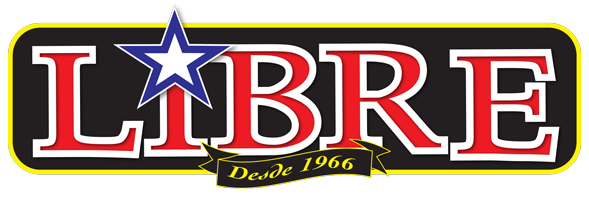


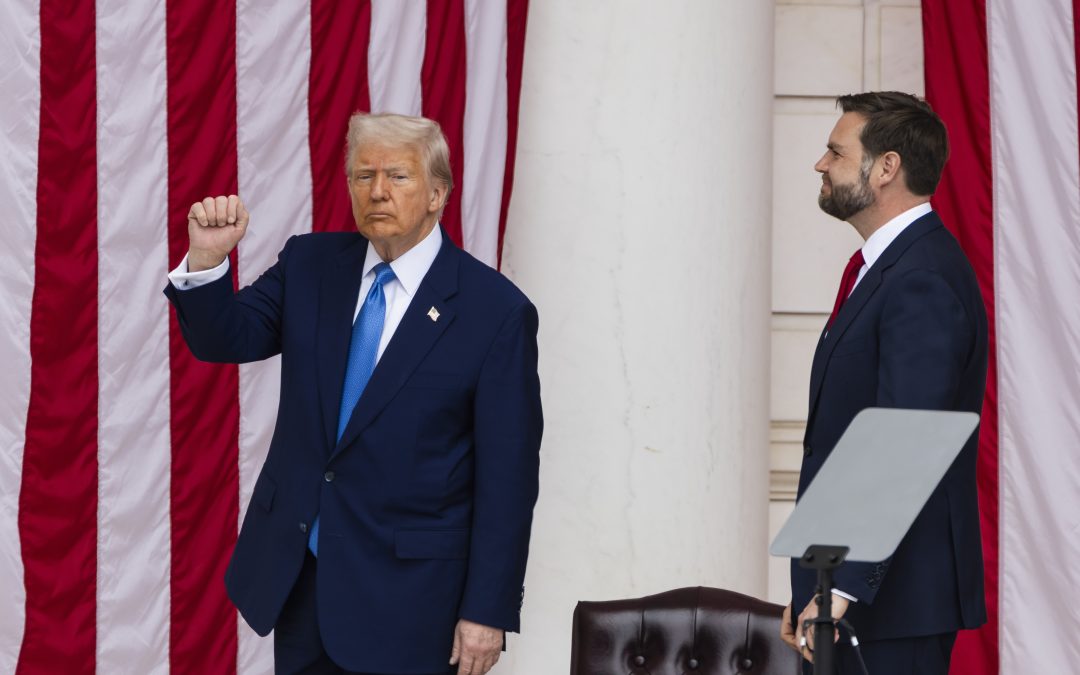
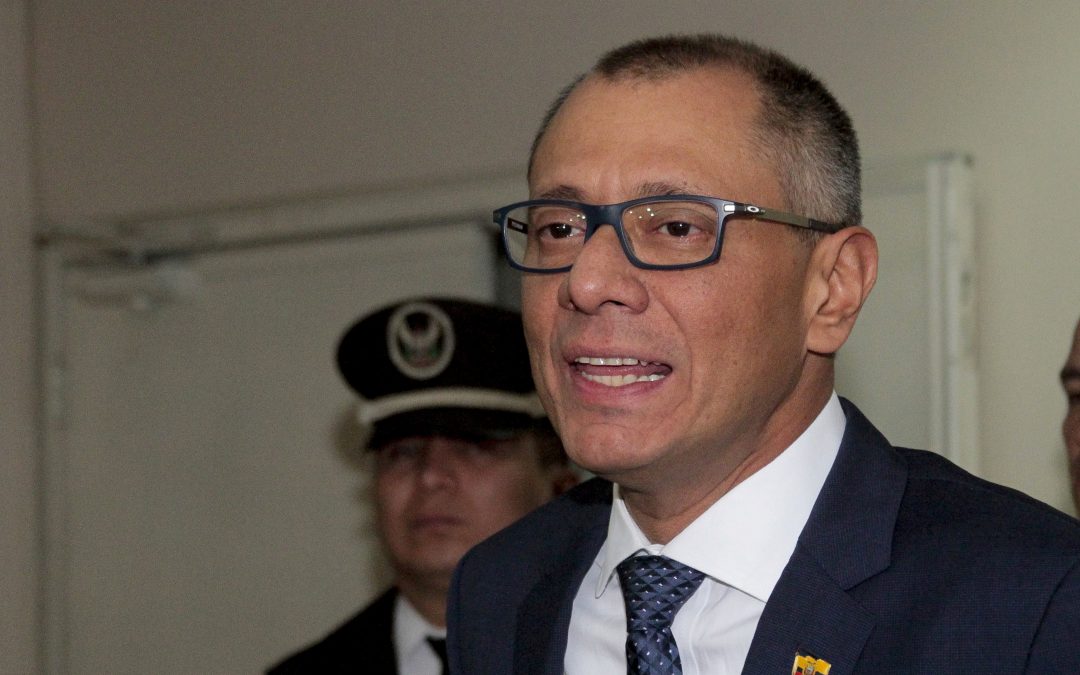
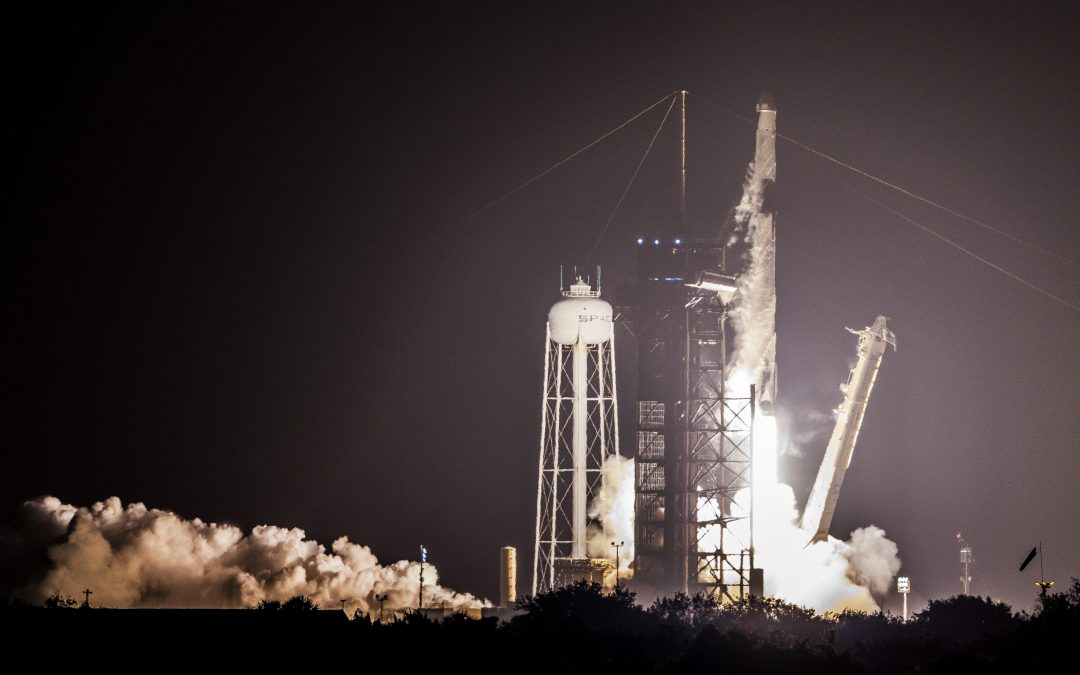
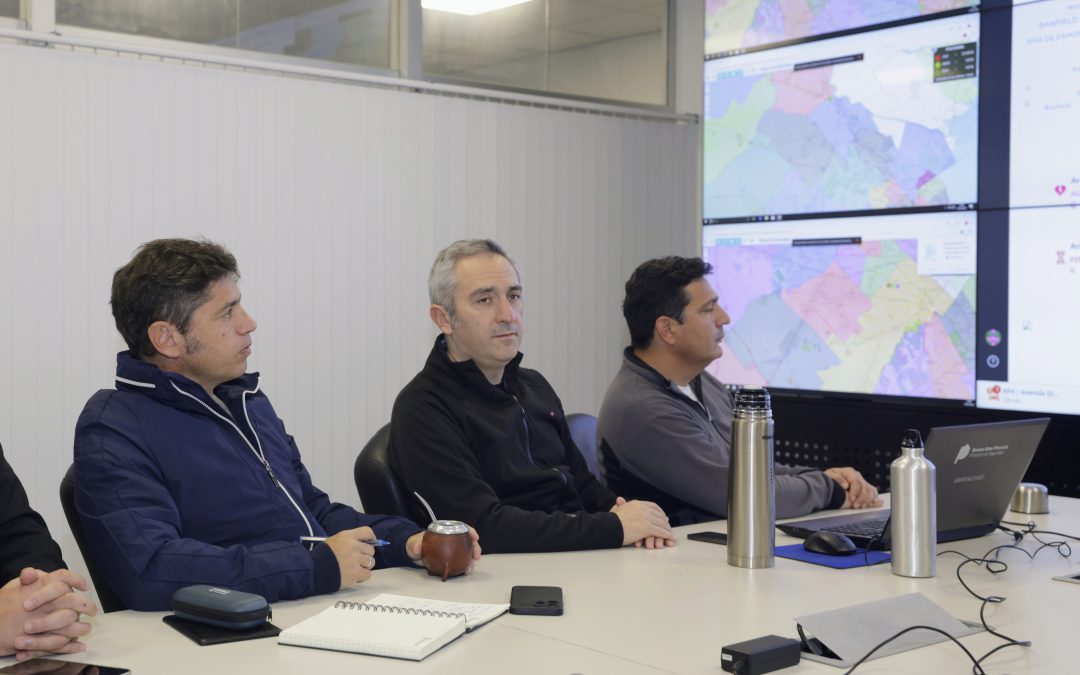



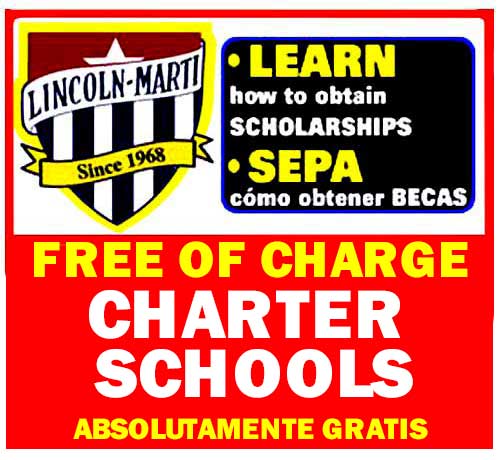
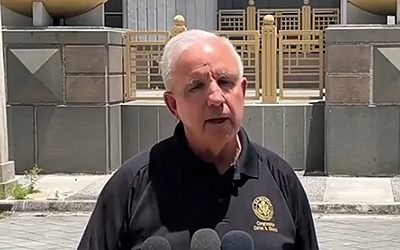

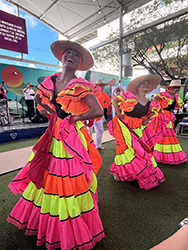
0 comentarios